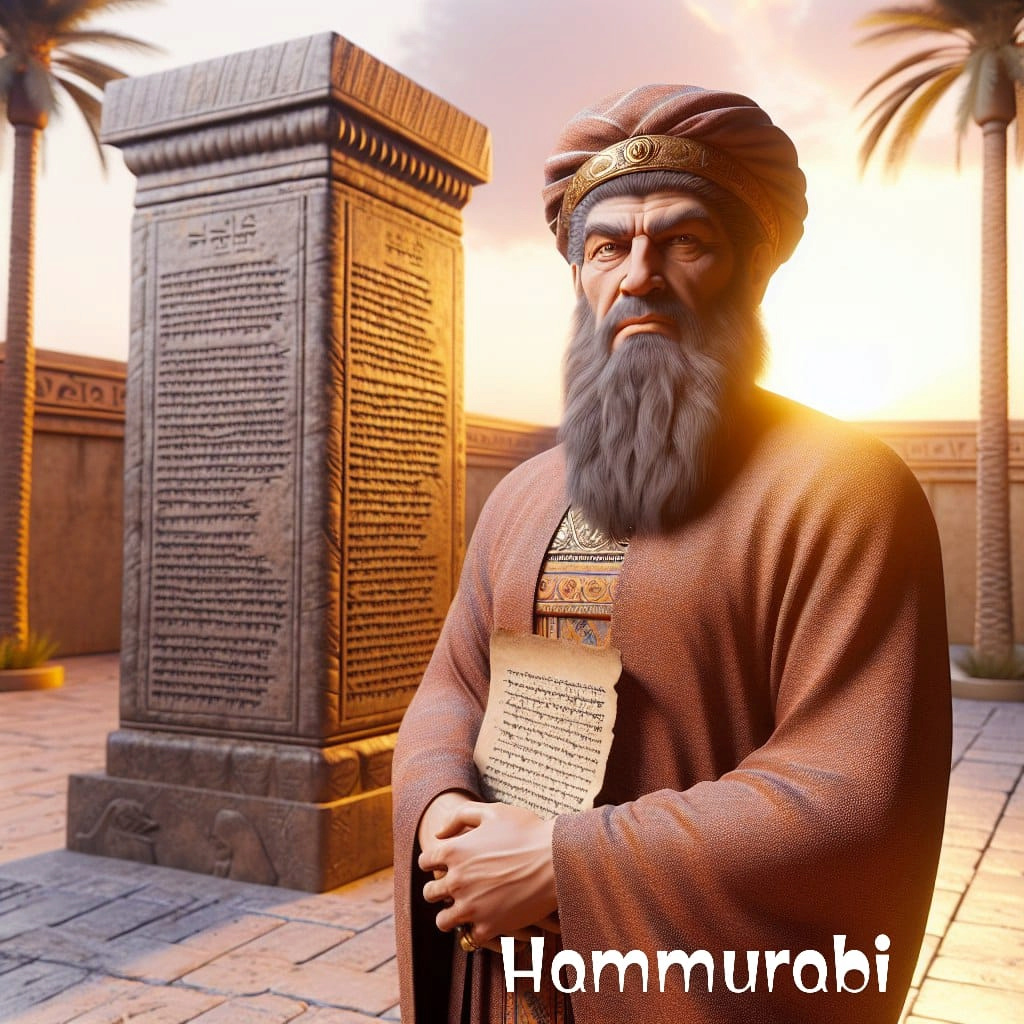Code of Hammurabi

There is no college of law in the entire world that does not teach the Code of Hammurabi, the sixth king among the kings of Babylon between the years 1782 - 1686 BC. It is one of the most important historical artifacts left by the Mesopotamian civilization, and the first written legal document in human civilization. The two-and-a-half-meter-long column of the obelisk, made of black basalt stone, was discovered by the Swiss archaeologist Gustavo Guéquet in 1909 during the excavation of ancient antiquities in the city of Susa in the Emirate of Ahwaz in Iran. The Elamite king Shedtruk had transported it there as war spoils, and the Swiss researcher in turn transported it to Paris, where She settled in the Louvre Museum
The Code or Code of Hammurabi was one of the most complete and oldest written laws, and it collects 282 violations and crimes punishable by law, from the imposition of fines to death. The bottom line is “an eye for an eye, a tooth for a tooth.” He placed it in a public place for the people to see
The Code of Hammurabi dealt with everything related to the organization of life at that time, and the texts begin with the judiciary, witnesses, crimes of theft and plunder, organizing the army, loans, interest rates, fields, orchards, homes, trade, debts, and family affairs such as marriage, divorce, inheritance, adoption, upbringing, and family ties. About three thousand years before the issuance of the Universal Declaration of Human Rights in 1948, Sharia law included human rights through justice, equality, personal freedom, customs and traditions, and it is a road map for protecting the rights of every person everywhere, although the world is still witnessing many breakthroughs and abuses. Governments adhere to these principles, some of which amount to racial, religious, sectarian or ethnic discrimination
Source: websites

